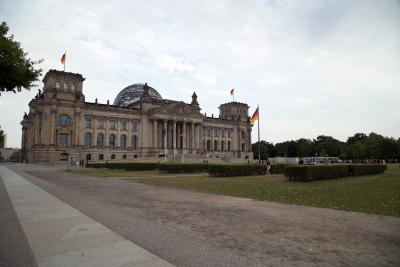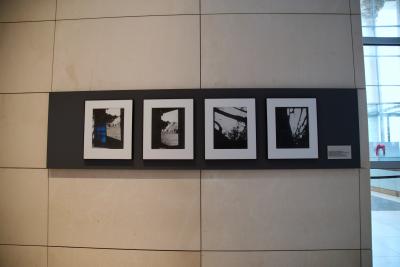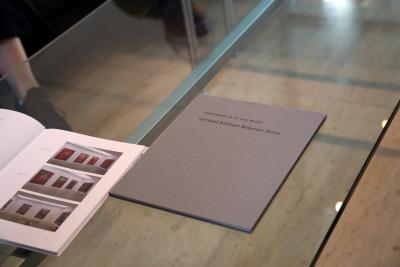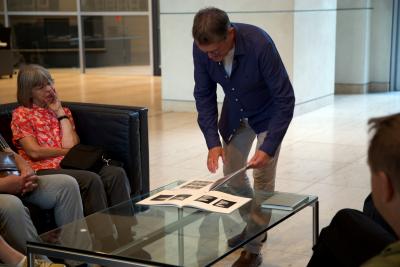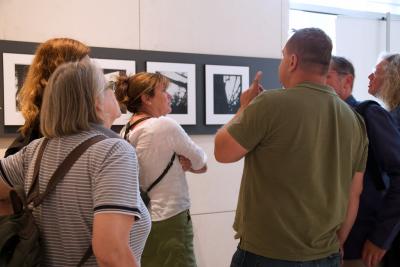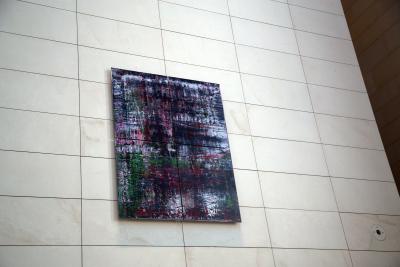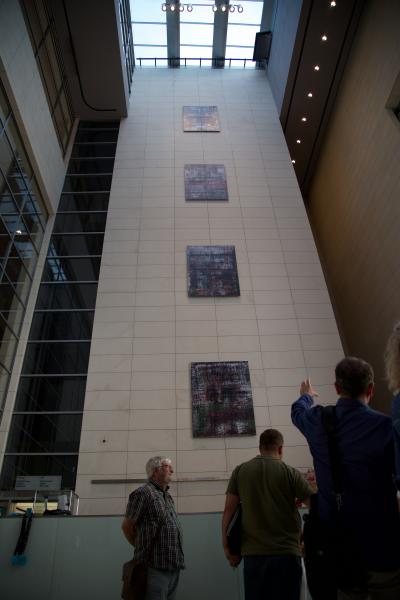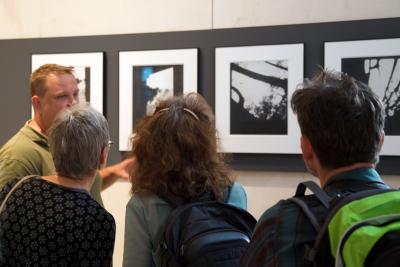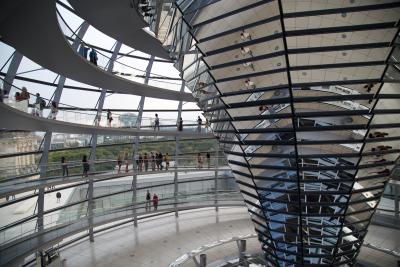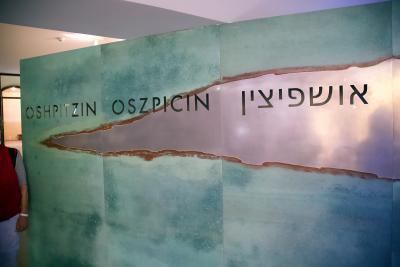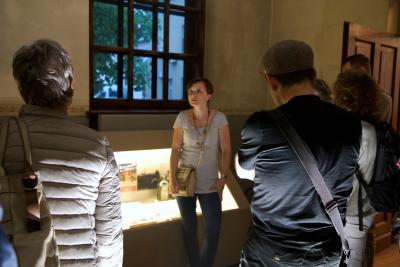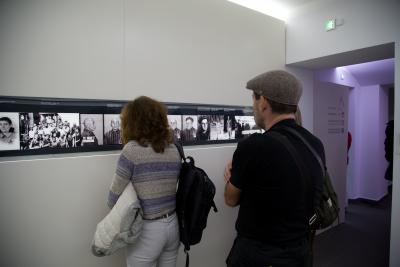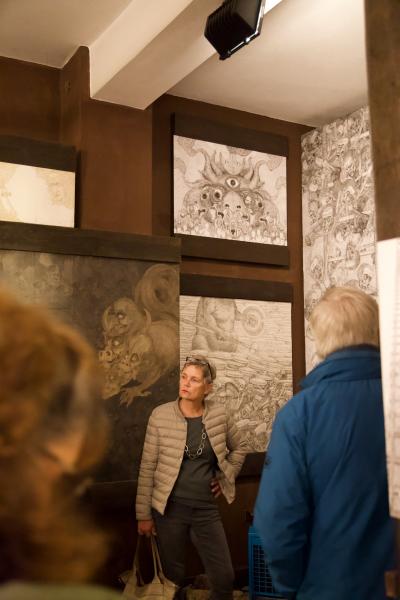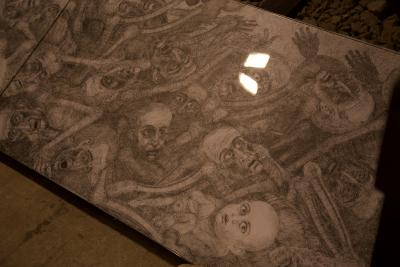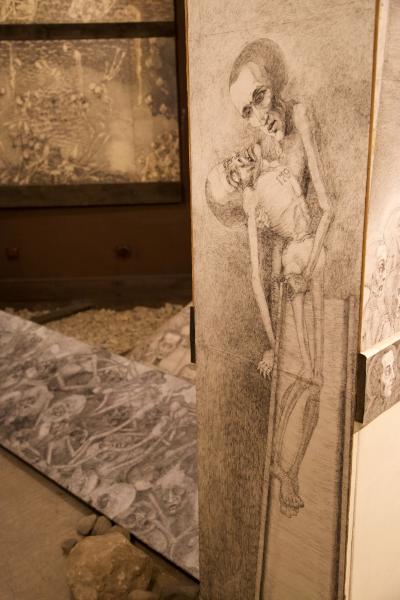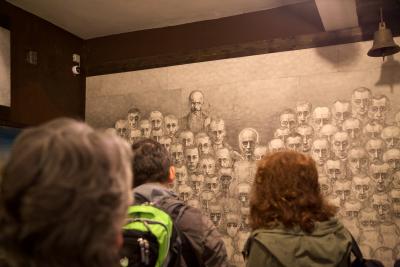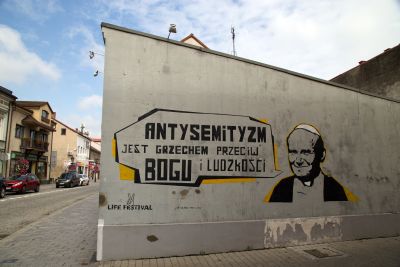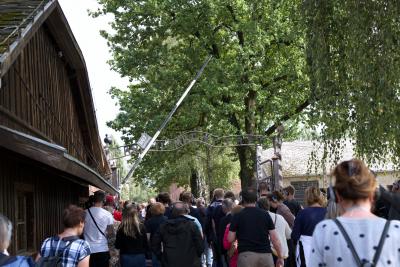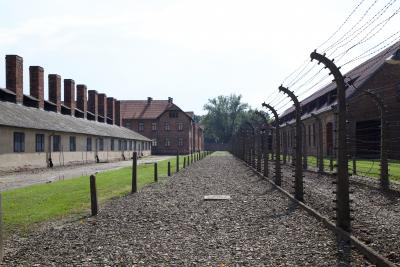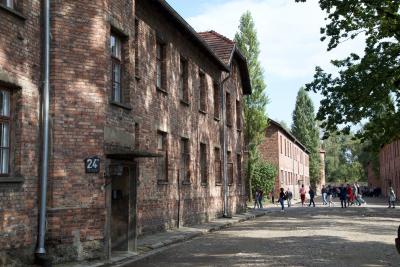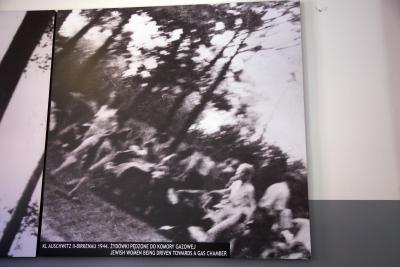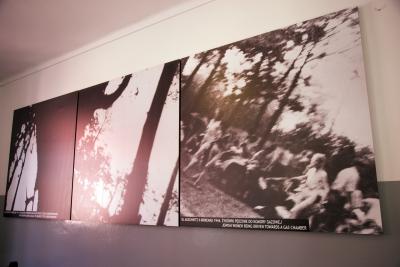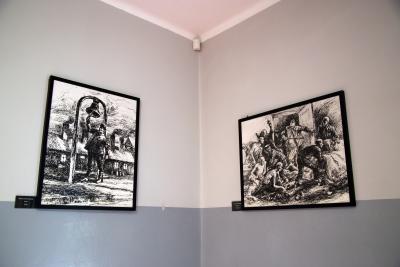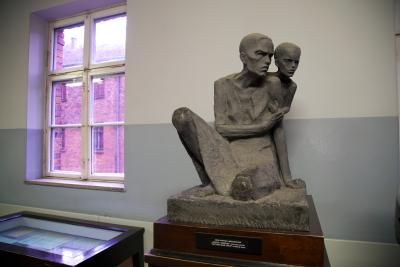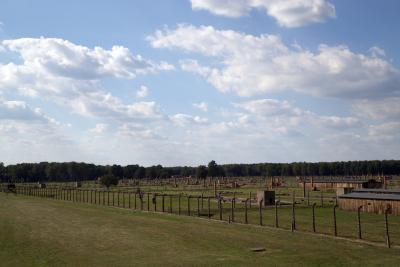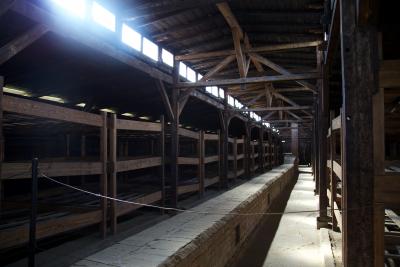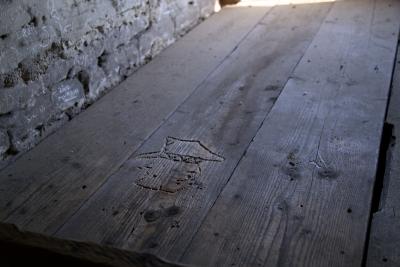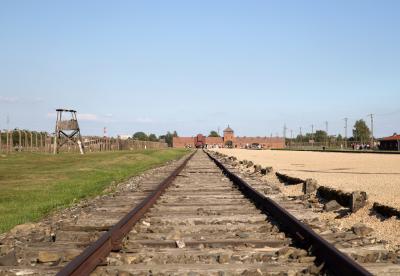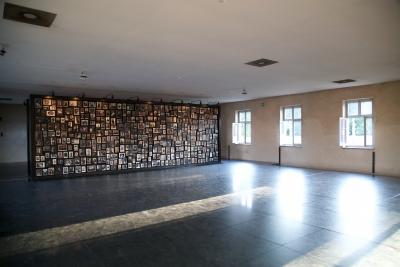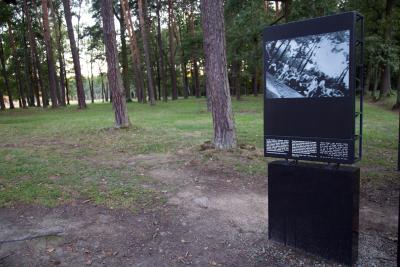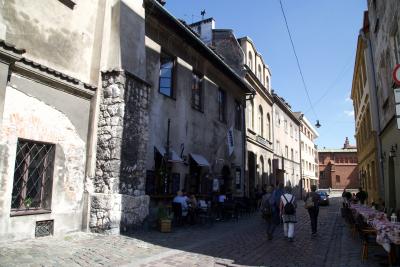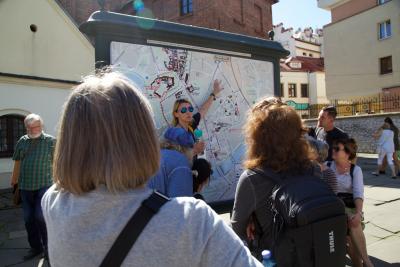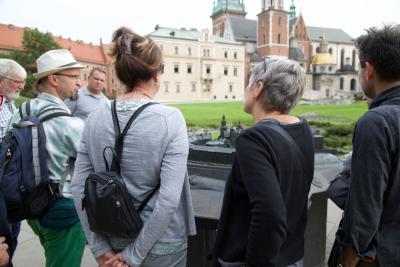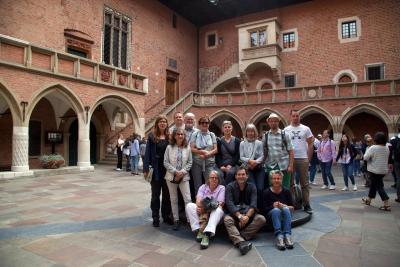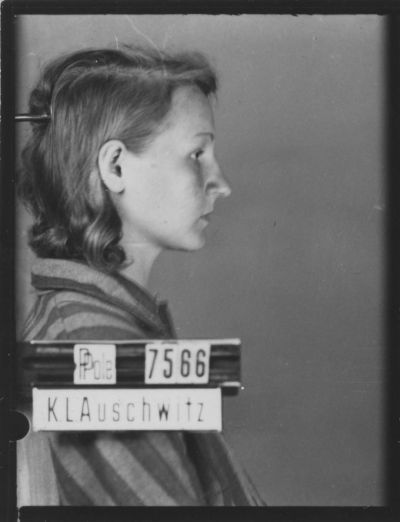On the trail of art after the horrors of Auschwitz. Dispatches from a study trip.

Station 1: Berlin or the journey starts in the present
It was humid on this September day in Berlin. The weather seemed to be saying that the twelve members of the study group have a challenging few days ahead of them. In just under a week, the group will cover 600 kilometres and talk about the relationships between Auschwitz and art at three locations – Berlin, Oświęcim and Kraków[3]. What kind of people found themselves in a seminar room behind the Invalidenpark in Berlin in the incredible heat of summer? Some come from the culture sector, others work at memorials or in education, and are there to gather input about how the culture of remembrance is handled or are interested in (art) history. The majority of them has never been in the Auschwitz-Birkenau State Museum before.
The first discussion in the seminar room revolved around key phrases, such as “sensitivity of the site”, “interest in art”, “culture of remembrance” and “moral obligation”. Some members of the group also had a personal interest in the place or the stories connected to it, including the persecution of homosexuals. The participant’s all had different levels of knowledge on the subject. This was addressed by two presentations about Poland covering the period between 1933 and 1945 and the history of the Auschwitz-Birkenau concentration camp.
The second item on the day’s agenda took the group to the very heart of German democracy: The Reichstag building, the seat of the German Federal Parliament. After Dr Jacek Barski, the Head of Porta Polonica, had given a few introductory words about the artist Gerhard Richter, touching in particular on his work “Birkenau”, the participants had time and space to get together and ask some more questions. They subjected the digital versions of the pictures that were hanging there to close examination: The four large-format paintings hang one above the other and comparatively high up in the visitor foyer – a few groups of people walk past them to get to the plenary hall. Very few visitors appear to look at the paintings. A few discussions break out, including about the way the paintings are presented. These discussions continue during the shared evening meal and remain an ongoing topic for the rest of the week. The fact that the pictures hang in the German Parliament and thus in the heart of German democracy is testimony to their political relevance. But who decides how and in what way the Holocaust is remembered?
The group also critically considered the fact that the photographic templates for Gerhard Richter’s work hang in a different corridor in the visitor foyer. The implications of the painting series can only be clearly identified when the photographs are exhibited directly next to the paintings. For this reason, the group found the way the images are currently presented somewhat questionable: Do the pictures and consequently the transported content get lost?
[3] The place names used below indicate the political affiliation of the place. Where the name Oświęcim appears, it indicates the town under the control of the Polish government.
